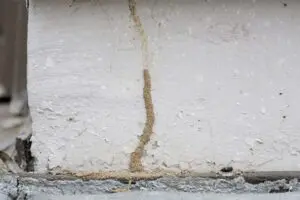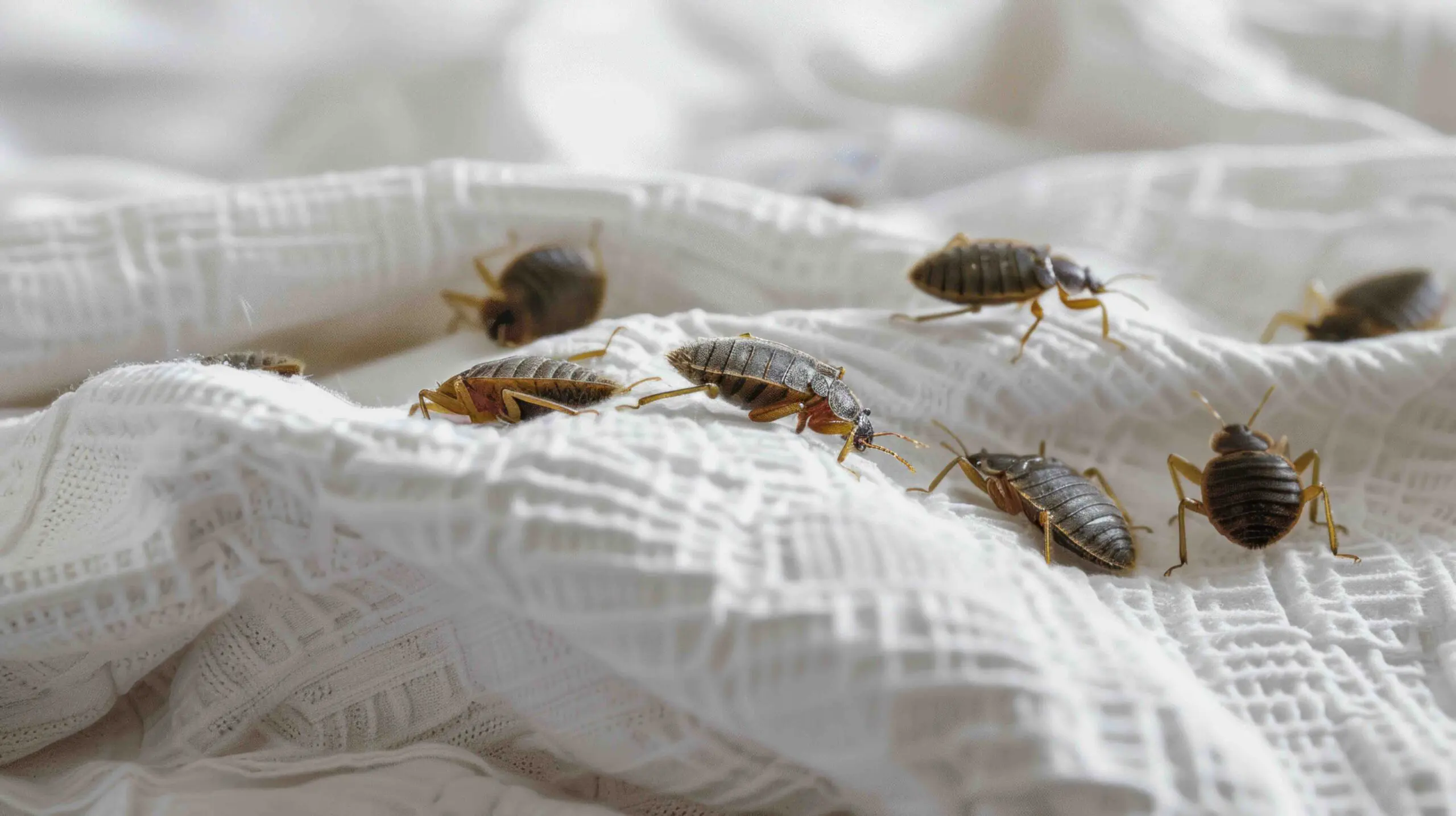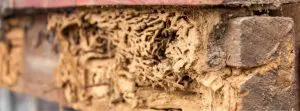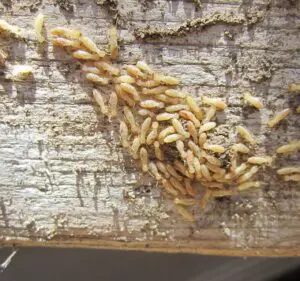

With over 3 decades of experience in protecting properties from pests, Excel Pest Services specializes in environmentally safe and effective pest management. Our team of experts ensure long lasting solutions for all your pesky pest needs, including bed bugs.These tiny pests are notoriously difficult to detect and remove, which makes early inspection vital for maintaining a pest-free environment.
The good news is that in this article, we’ll guide you on how to check for bed bugs before moving into a new home. With our expertise, you will gain insight into preventing and handling possible bed bug infestations.
Why Bed Bug Inspections Should Be a Priority for New Homeowners
Moving into a new home is a massive milestone however, missing out on checking for bed bugs can lead to monumental problems. Bed bugs are skilled at hiding - and you may miss them if you don’t actively seek them out, which can quickly lead to an infestation.
Here’s why checking for bed bugs should be a priority when moving into a new home:
- Previous Owners and Infestation: Bed bugs can thrive in a home even long after the previous occupants have left. They can hide in walls, furniture, and electrical outlets without being noticed. It is important to note that even if the home looks clean, bed bugs can still be present.
- Health Risks: Bed bugs bite and these bites cause skin irritations, and in some cases, allergic reactions and even secondary infections due to excessive scratching.
- The Removal Process: Professional extermination can be expensive while DIY treatments are often ineffective if the infestation has already spread. Preventative measures can save time, money, and stress.
With the above in mind, an inspection before moving in can help identify any existing infestations and prevent future issues.
But, where do you begin?
How to Check for Bed Bugs at Home Before You Move In
A thorough inspection for bed bugs is the best way! Take a look at these steps, and check them off, before moving into your new home:
1. Tools
Gather these tools before you begin your inspection:
- A flashlight
- A magnifying glass
- Disposable gloves
- White sheets and a lint roller (these are used to check for bed bug debris)
2. Bedroom Inspection First
Time to check your bedroom for bugs! But where do you begin?
- Mattresses and Box Springs: Gather your tools and take a close look at seams, edges, and mattress tags. Look for live bed bugs, small white eggs, dark fecal stains, or shed skin.
- Bed Frames and Headboards: Pay close attention to crevices, screw holes, and joints where bed bugs like to hide.
- Nightstands and Dressers: Remove your drawers and check inside corners and underneath furniture.
3. Walls and Baseboards
Time to check walls throughout the property!
- Run a flashlight along all your baseboards and look for small reddish-brown bugs or black streaks.
- Make sure to closely examine any cracks, gaps, and loose wallpaper for signs of infestation.
4. Inspect Furniture and Upholstery
These bugs love to hide in your favourite spots! So, check your furniture!
- Check the seams of sofas and chairs for bed bug droppings or shed skins.
- Turn over cushions and inspect underneath.
- Inspect wooden furniture joints and screw holes.
5.Take a Look At Electrical Outlets and Light Switches
Electricity won’t deter bed bugs! So don’t skip this inspection!
- Carefully remove the cover plates and look for signs of bed bugs inside.
- Check any cracks around electrical fittings, as bed bugs often hide in warm, dark places.
6. Inspect Carpets and Rugs
Floors aren’t safe from these pesky creatures, time to shift your focus to the ground.
- Focus on areas where carpets meet walls and along seams.
- Use a lint roller or white sheet to collect debris and check for bed bug waste.
A thorough inspection can help detect an infestation early, preventing costly and stressful issues later.
How to Not Bring Bed Bugs to Your New Home
It is important to remember that even if your home appears bed bug free, you may accidentally bring them in without knowing. With this in mind, let's take a look at bed bug prevention measures.
- Moving Trucks: Check inside rental trucks for any signs of bed bugs before loading your furniture and belongings.
- Second-Hand Furniture: If bringing in used furniture, vacuum it thoroughly and treat it with heat or bed bug spray before placing it inside.
- Unpack Luggage Safely: After traveling, unpack in a garage or laundry room, and immediately wash clothes in hot water.
- Use Sealed Plastic Containers: Store clothing, bedding, and soft furnishings in sealed bins rather than cardboard boxes, which bed bugs can easily infiltrate.
By taking these simple precautions you can significantly reduce the risk of bed bugs entering your new home.
What to Do If You Find Bed Bugs in Your New Home
Now, what happens if you actually find bed bugs in your new home? If you find evidence of bed bugs before or after moving in, follow these next steps:
- Isolate the Infested Area: Avoid moving furniture or items from the affected space to prevent spreading.
- Wash and Heat-Treat Fabrics: Launder bedding, clothing, and curtains in hot water and dry on high heat.
- Vacuum Thoroughly: Use a vacuum with a HEPA filter to remove bed bugs and eggs from carpets, furniture, and crevices.
- Dispose of Infested Items Carefully: If an item is beyond saving, seal it in a plastic bag before disposal.
- Call a Professional Pest Service: Bed bugs are extremely difficult to remove without expert intervention. Contact Excel Pest Services for safe and effective treatment.
Immediate action is vital when it comes to preventing a small infestation from becoming a major problem.
Long-Term Bed Bug Prevention Tips for New Homeowners
Keeping your home safe from bed bugs requires consistent vigilance and preventative measures. Here are our top tips for prevention:
- Regular inspections: Check mattresses, furniture, and common hiding spots periodically for bed bugs.
- Reduce clutter: Get rid of piles of clothes, paper, and storage boxes where bed bugs can hide.
- Use protective mattress covers: Get yourself some bed bug-proof covers to protect your mattress and springs.
- Be cautious with second-hand items: Always inspect and clean used furniture and textiles before bringing them inside.
- Stay informed: Learn about bed bug prevention techniques to catch infestations early.
By implementing these practices, you can significantly reduce the risk of bed bug infestations in your new home.
Checking for bed bugs before moving in is an important and often overlooked step that can save homeowners from stress, health risks, and costly treatments.
If you suspect a bed bug problem or want professional assistance, Excel Pest Services offers expert pest control solutions tailored to your needs.
Contact us today to schedule an inspection and protect your home from bed bugs.






